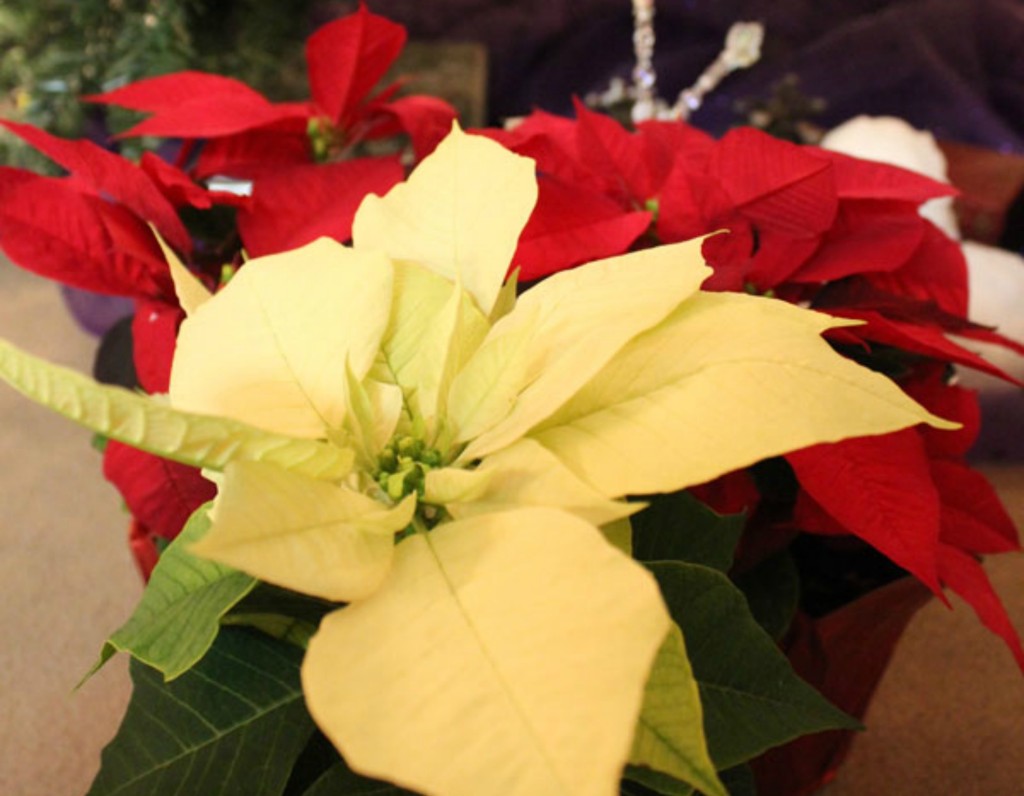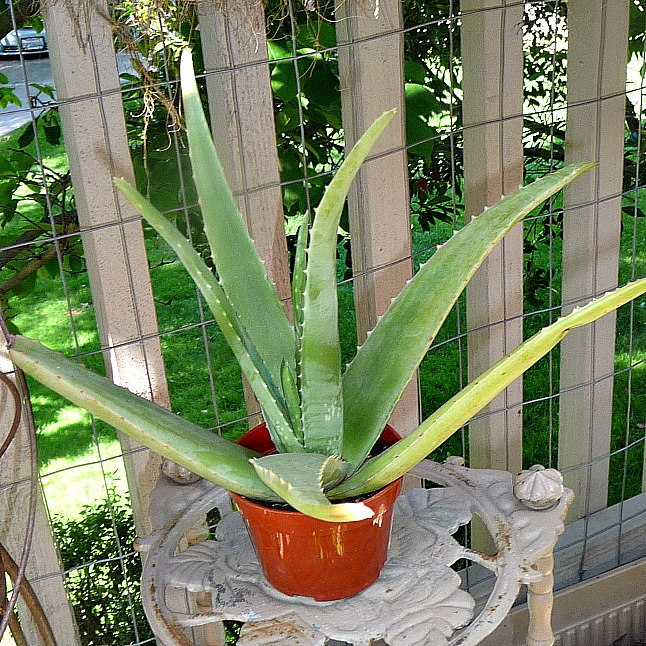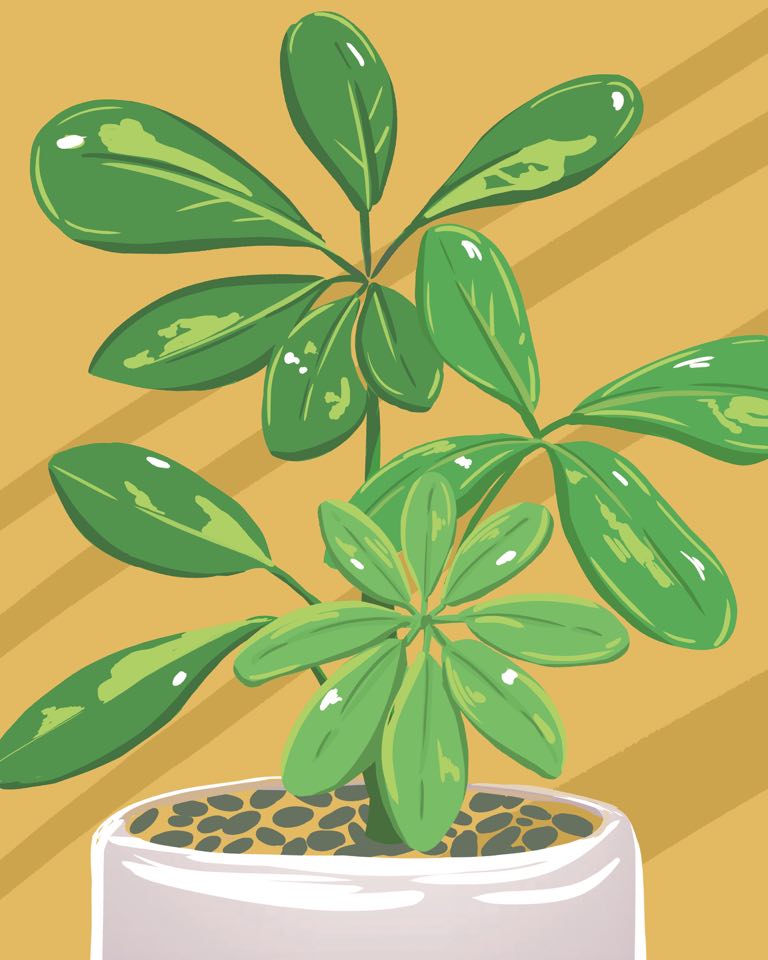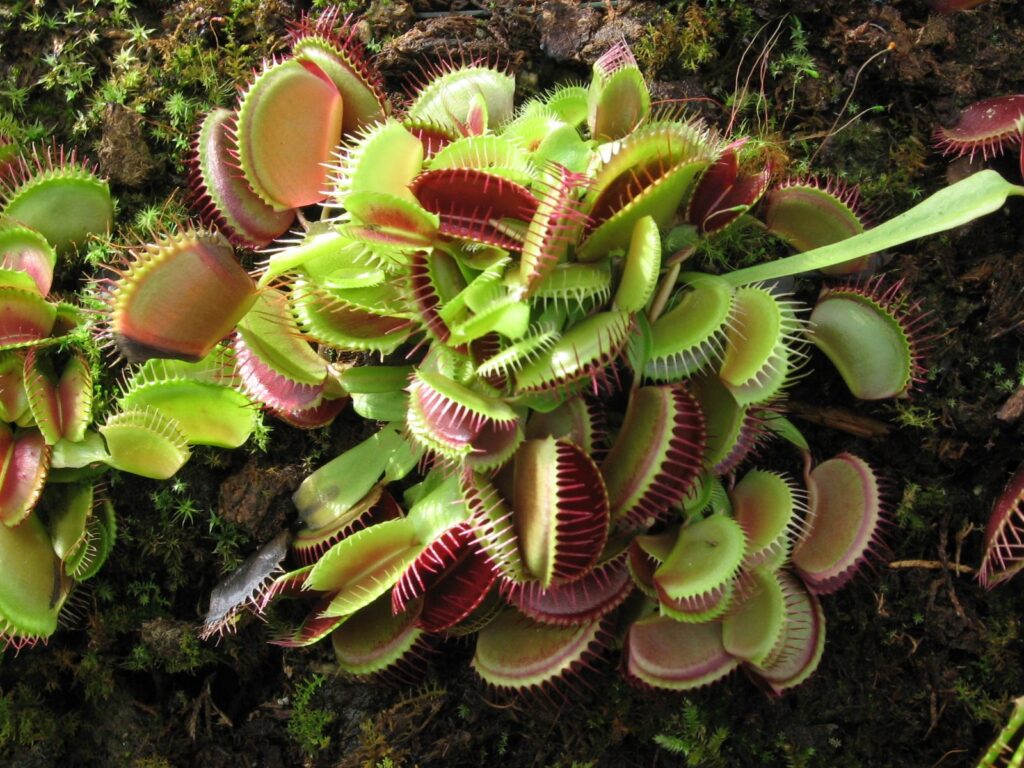Houseplants
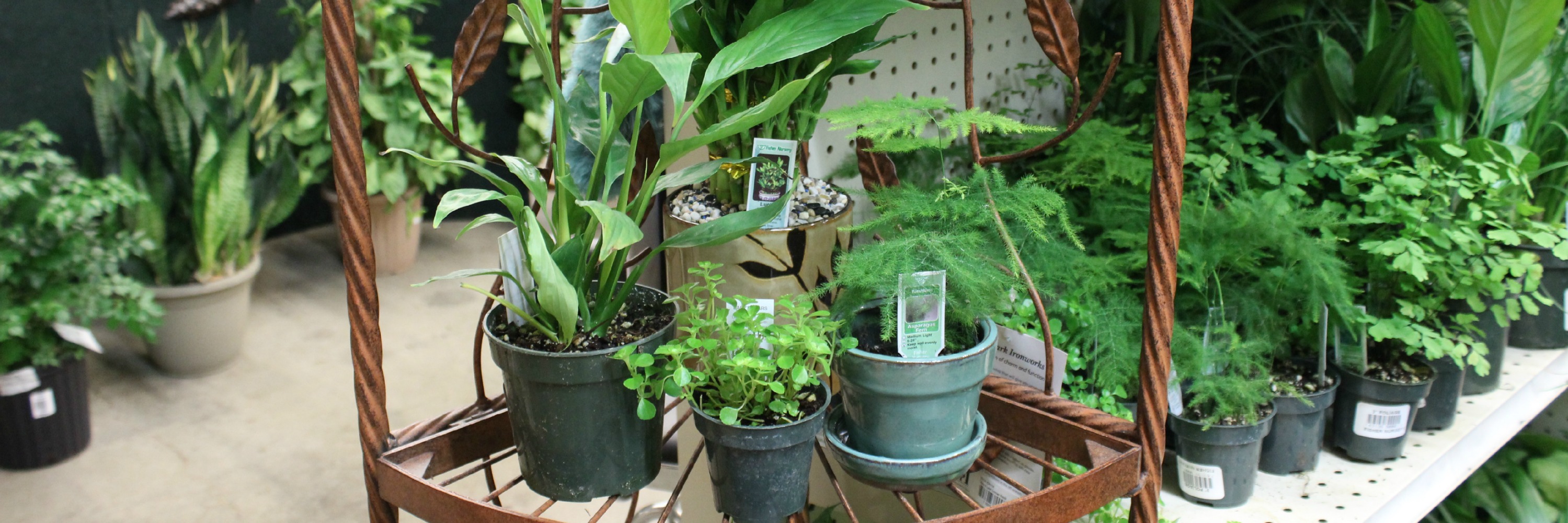
Houseplants are a great way to add color to your home or workspace. According to Texas A&M University, having plants around helps reduce tension levels and increases memory. This article lists easy-care houseplants for beginners.
Houseplants and Light
Before choosing a houseplant, first decide where you will keep the plant. Is it a dimly lit space or one with bright light? This is an important observation, since not all houseplants need the same amount of light. Typically, houseplants that flower need bright, indirect light and other houseplants do well with medium to low light.
Houseplant Shopping
Inspect the plant to make sure it is healthy and free of diseases or insect pests. Some pests such as mealy bugs look like small bits of cotton on the plant and may be hard to see. Look for anything unusual before choosing the healthiest plant you can find.
Stores that do not specialize in houseplants may let plants wilt in between waterings. If you’ve observed this, do not purchase a plant at this location even if your chosen plant appears healthy. Otherwise, you may choose a plant that has wilted numerous times, and which may permanently wilt and die the first time you forget to water it.
Make sure the container that holds the plant has drainage holes. If it does not, you will need to repot it into a new container. If the container has drainage holes, you can put it into a decorative pot. After watering your plant, do not forget to dump out the water that drains into the pot or saucer.
Easy-Care or Beginner Houseplants
Here are a few houseplants that tolerate low light (but can take bright light). They only need water once the soil in their pots has dried out.
- Arrowhead* (Syngonium podophyllum)
- Chinese Evergreen (Aglaonema spp.)
- Corn plants (Dracaena spp.)
- Dieffenbachia* (Dieffenbachia spp.)
- Peperomias (Peperomia spp.)
- Pothos (Epipremnum spp.)
- Snake plants (Sansevieria spp.)
- Spider plants (Chlorophytum comosum)
- ZZ Plant* (Zamioculcas zamiifolia)
* these plants are known to be poisonous to humans and animals. Keep out of reach of young children or pets, or purchase a different plant.
Watering Houseplants
The frequency with which you water your houseplant depends upon several factors. These include the type of plant, the time of year and your home’s heating and cooling system. The plants recommended in this article need water when the soil in their pots feels dry.
The best watering method is to set your plant in a sink and water thoroughly until it drains out the bottom. If you can’t water your plants this way each time, do it at least once per month. Otherwise, salts from houseplant fertilizers and/or in water will accumulate in the plant and cause injury symptoms such as browning leaf tips. Never water every day, as this is a common way houseplants are killed. Once per week or every two weeks is usually sufficient.
Houseplant Care
1. Repotting. Eventually, most houseplants outgrow their pots and need to be transplanted into a larger pots. You’ll know it’s time to repot when the plant shows stress and/or the soil dries out quicker than in the past.
To repot your plant, choose a new container one size larger than the original container. Then, remove the root ball gently from the pot and place it in the new pot. Fill around the root ball with new potting mix. Never use outdoor garden soil as it may cause insect or disease problems, and usually drains very slowly. Use your hands to firm the soil in and around the roots to eliminate air pockets. Lastly, water the plant, making sure water flows out of the bottom of the container so all soil has been moistened.
2. Cleaning. Wipe off dust from plant leaves with a moistened towel or cloth every few months. For large plants, take them outside (in the shade) and hose them off gently. This helps reduce the chances of spider mites, microscopic pests that can decimate your plants. Avoid using “plant gloss” products which actually make it difficult for your plants to photosynthesize and may attract more dust.
Common Causes of Houseplant Death
#1 Overwatering
The most common cause of houseplant death is overwatering. Plant roots need both air and water, so when soil stays wet, water fills the air pockets in the soil, suffocating roots, causing root rot and often causing plant death. Allow soil to dry out slightly between watering. The houseplants recommended in this article can go for some time without water.
#2 Putting Houseplants Outside in Spring
Each year in spring, someone inevitably puts their houseplant outside to receive some extra “sunlight.” However, houseplants are tropical plants that normally live underneath the shade of other plants and should never be placed outdoors in direct sunlight. They cannot withstand the harsh rays of the sun, and depending on the exposure time may turn yellow, drop leaves, and/or possibly die several days to weeks afterwards.
Succulents as Houseplants
In general, most succulents do not thrive indoors. There are some exceptions to this rule such as jade plants, which need bright, indirect light to do well. Choose succulents sold in the houseplant section of reputable nurseries. Those sold in grocery/drug stores or larger “big box” stores may not be the right type to live indoors and will eventually rot.

